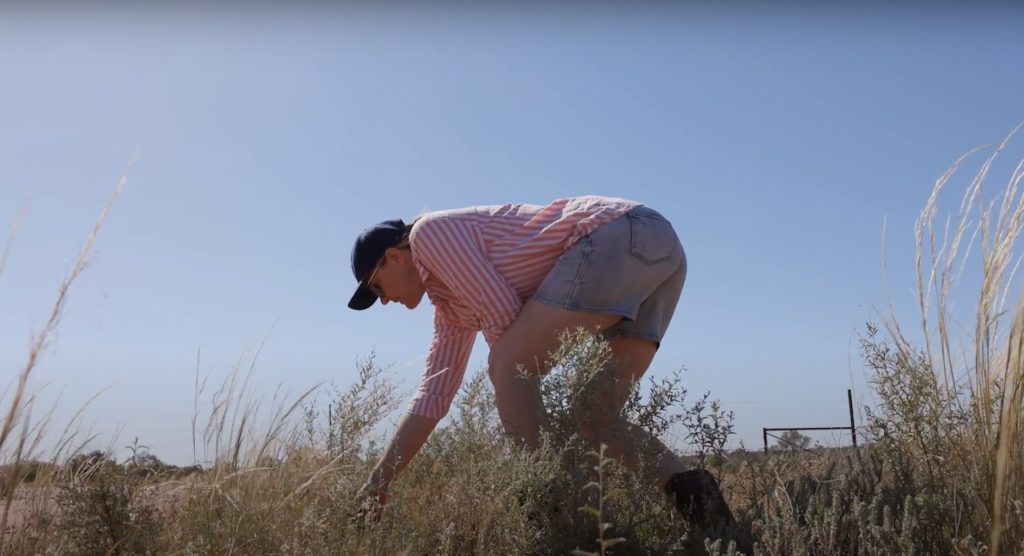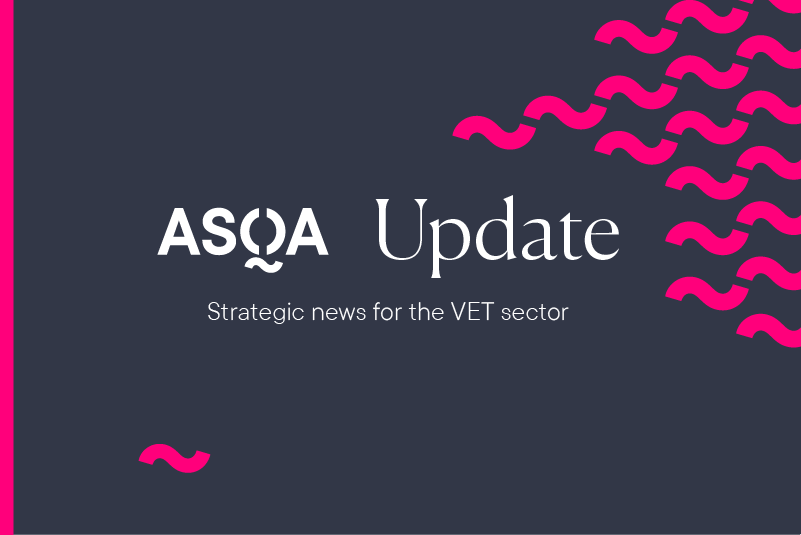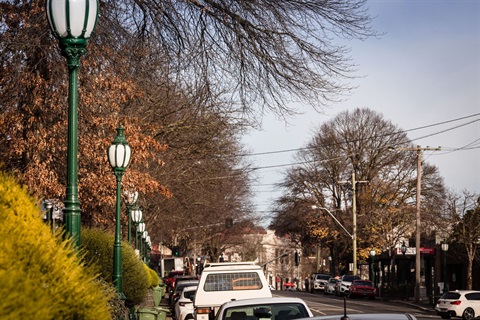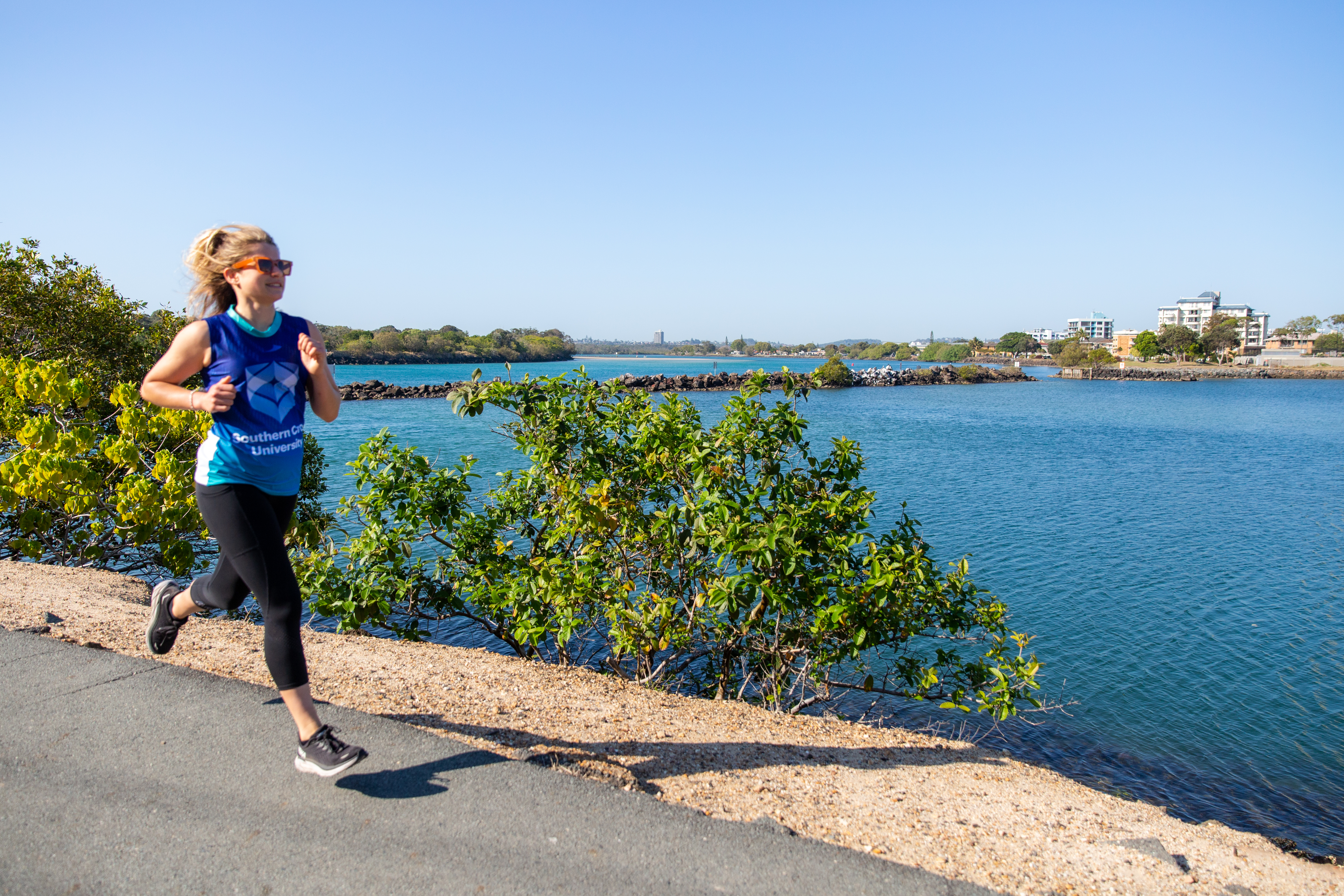It’s a renovation project sheep station style on Goodwood Station, a 90,000-acre property (that’s about half the size of Singapore) near White Cliffs in western NSW.
Louise Turner is addressing historic land degradation with the help of “seed nurseries”.
The property has been in her husband, Zane’s, family for 72 years and, like much of the surrounding area, has suffered from overgrazing.
“The story of western NSW starts with land was opened up for grazing. People saw a great opportunity because of vast tracks of land so flocks, predominantly of sheep, were brought here,” Louise explained.
The land was overgrazed because there was lack of knowledge about how to actually graze it.
“No one really understood the landscape at the time because it’s very different on the western side of the Great Diving Range.”

The resulting lack of vegetation led to issues like erosion and dust storms exacerbated by ongoing drought. But Louise says with new best-practice information, they have been able to take significant steps to improve the land for their Merino and Dohne sheep.
Time for change
“Now we actually have knowledge, we have the power to make change. We have the technology to communicate with each more easily and to take on new things that give our kids a better chance of being able to do better again in the future,” Louise said.
Louise has taken a Landcare-led approach to restoring Goodwood Station, using seed nurseries as a method of improving environmental condition. By fencing off one-hectare sections of her property using 2.1m high animal proof fencing, she has created a number of seed nurseries where locally native plants, such as Speargrass, Wiregrass and Lantern Bush can thrive.

Already there is an abundance of native seed, which Louise has used for propagation and creating native groundcover through planting and natural dispersion from the seed nurseries themselves.
Not only has the groundcover allowed her to sustainably graze stock and maintain habitat for native animals, it has also helped drought-proof the property by improving the soil’s ability to capture and absorb rainfall, protect available moisture from evaporation and boost soil nutrient retention.
“We can maintain those animals in the landscape along with their native counterparts and still have good ground cover and good soils but sometimes we need things like seed nurseries to help us along the way.”
The positive impact of Louise’s seed nurseries has her neighbours interested in creating seed nurseries of their own.
“It’s a concept that’s growing, and more and more people in the region want to put seed nurseries in,” Louise said.
This article was originally published by Western Landcare NSW and the full article can be viewed here.

Western Landcare NSW is proud to manage and promote innovative projects like these seed nurseries to support sustainable grazing enterprises and provide a head-start on germination after drought, and preserve biodiversity and pasture complexity.








